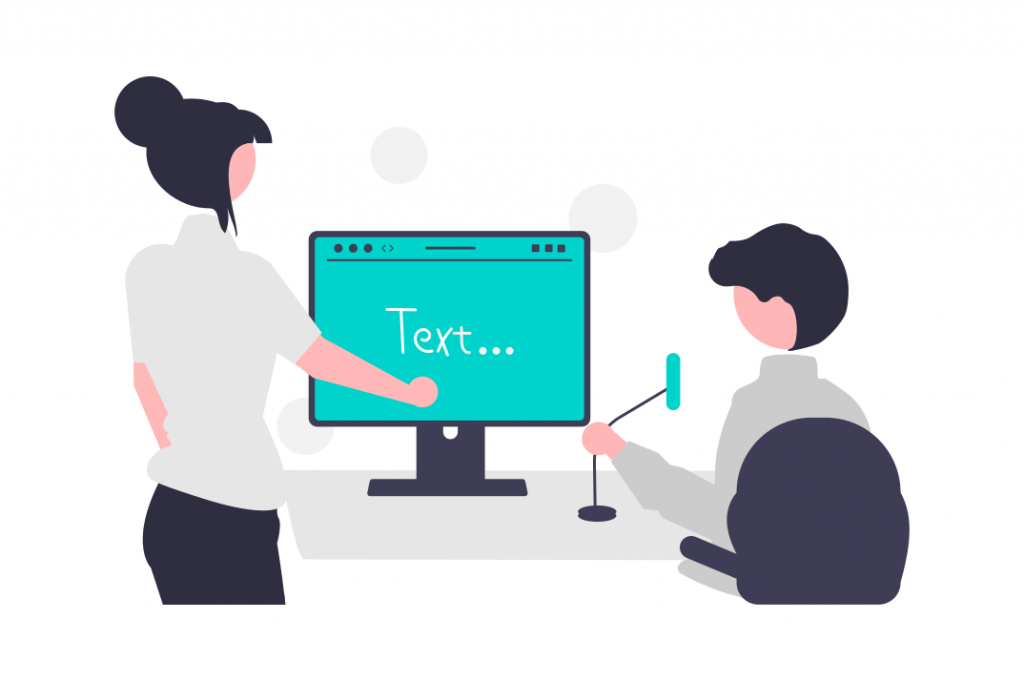
Transcription in localization refers to the process of converting spoken or audio content into written text in the same language, a first step for content that is to be adapted for new markets. This applies to content that includes audio components, such as videos, podcasts, or speeches.
Here are some common use cases when you may use transcription in localization:
- Transcribing movies, TV shows, documentaries, podcasts, and interviews.
- Transcribing meetings, webinars, conferences, and internal communications.
- Transcribing court proceedings, depositions, and legal documents.
- Transcribing lectures, tutorials, and online courses.
Why you should start with transcription
Firstly, transcription is an important step when you want to create your source material for localization. For audio or video content, it provides a textual version of the original content. Having a text-based version helps you minimize the risk of misunderstandings and errors that can occur during direct translation from audio or video.
In addition, transcripts serve as a basis for creating subtitles or scripts for dubbing into different languages. And they can also be used for search engine optimization (SEO) purposes to generate keywords and metadata for search engines, improving content discoverability.
Overall, it’s safe to say that transcription can enhance accuracy, efficiency, accessibility, and content quality. Plus, in some instances, transcripts serve as legal documentation for content ownership and usage rights, and could also be used for regulatory compliance.
Workflow: From content to localization
The process begins with preparation and familiarization. Transcribers first analyze the content to understand its context, purpose, and any specific terminology or jargon that might be used. This is very important as it sets the right guidelines for transcription.
During the transcription process, the transcriber listens to the audio or watches the video content and types out the spoken words verbatim. This can be done either through verbatim transcription, which captures every word exactly as spoken, including fillers, pauses, and repetitions, or clean read transcription, which omits unnecessary fillers and corrects grammatical errors for readability.
Moving on to the next step, which is quality control, this involves reviewing and editing the transcribed text for accuracy and consistency. Proofreading checks for typos and grammatical errors, ensuring all speech is accurately transcribed. Consistency checks ensure that terminology, names, and specific jargon are used uniformly. Sometimes, a second transcriber or editor comes into play to review the transcription to catch any errors missed during the first pass.
Afterwards, the formatted transcript is adjusted according to the requirements of the localization process. For subtitles, the text is broken into manageable lengths and synchronized with timestamps. For voice-over scripts or dubbing, the text is prepared accordingly. If the client has given a feedback, it is incorporated into the final version.
Finally, the transcribed text is then translated into the target language(s). The translated text is adapted for the target audience, which might involve using local idioms, expressions, and cultural references. Just like the transcribed text, the localized content undergoes testing and quality assurance too. The localization team needs to make sure that the subtitles sync with the video, voice-overs match the timing, and the overall localization maintains the integrity of the original content.
Wrapping up
Transcription is just one of the many processes that can be part of a localization workflow. As you could see, it has various applications, such as being used to create subtitles for videos in different languages and for localizing audio and video content for marketing campaigns or educational materials. Whatever the goal, you can be sure that transcripts can be of great help in adapting multimedia content and making it accessible and relevant to audiences worldwide.